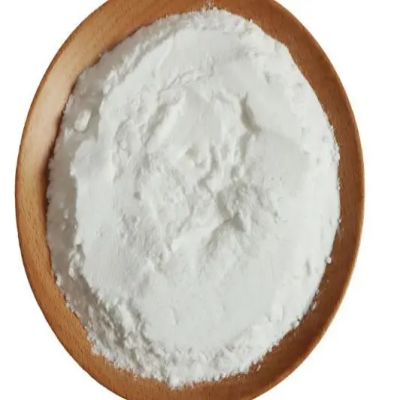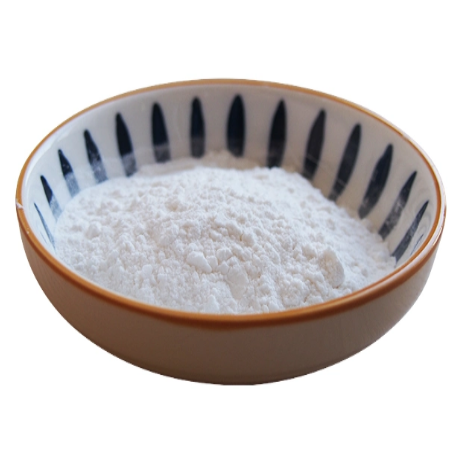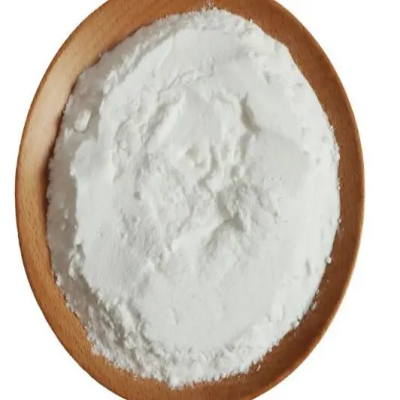Lasmiditan HCl CAS:613677-28-4
Lasmiditan HCl exerts its therapeutic effects primarily through agonism of the 5-HT1F receptors located on cranial blood vessels and nerve terminals. By activating these receptors, it inhibits the release of pro-inflammatory neuropeptides and reduces the dilation of blood vessels associated with migraine attacks. Unlike traditional migraine treatments like triptans, Lasmiditan HCl does not constrict blood vessels, making it suitable for patients with cardiovascular risk factors. Clinical Applications The compound is specifically indicated for the acute treatment of migraine with or without aura in adults. Clinical trials have demonstrated its efficacy in providing rapid relief from migraine symptoms, including headache pain and associated symptoms such as nausea and sensitivity to light and sound. Its efficacy appears to be independent of the presence of aura, making it versatile for different migraine presentations. Pharmacokinetics Lasmiditan HCl is orally administered and exhibits rapid absorption, reaching peak plasma concentrations within approximately 2 hours. It has a relatively long half-life, allowing for sustained therapeutic effects and potential for extended dosing intervals compared to traditional migraine therapies. The compound undergoes hepatic metabolism primarily via CYP3A4 enzymes, with elimination primarily through urine. Safety and Tolerability Clinical trials have established Lasmiditan HCl as generally well-tolerated, with adverse effects primarily including dizziness, fatigue, and paresthesia. Importantly, it lacks vasoconstrictive properties, reducing the risk of cardiovascular adverse events seen with triptans. However, caution is advised in patients with significant cardiovascular disease or risk factors due to potential for mild increases in blood pressure. Future Directions Future research directions for Lasmiditan HCl include: Long-term Safety: Continued monitoring and evaluation of its safety profile in real-world settings and in patients with comorbid conditions. Combination Therapies: Exploration of its potential in combination therapies with other migraine treatments to optimize efficacy and tolerability. Pediatric Use: Investigation into its safety and efficacy in pediatric populations, potentially expanding its therapeutic indications. Conclusion In conclusion, Lasmiditan HCl represents a significant advancement in migraine treatment, offering a novel therapeutic option with a distinct mechanism of action and favorable safety profile. Its ability to provide rapid and sustained relief from migraine symptoms without vasoconstrictive effects addresses unmet needs in patient populations with cardiovascular risks. Ongoing research and clinical experience will continue to elucidate its role in migraine management, potentially shaping future treatment paradigms and improving outcomes for individuals suffering from this debilitating condition.



| Composition | C19H19ClF3N3O2 |
| Assay | 99% |
| Appearance | white powder |
| CAS No. | 613677-28-4 |
| Packing | Small and bulk |
| Shelf Life | 2 years |
| Storage | Store in cool and dry area |
| Certification | ISO. |









![ethyl 4-(H-imidazo[1,5-a]pyridin-5-yl)benzoate CAS:93178-58-6](https://cdn.globalso.com/xindaobiotech/14Z4YR3PJ6@V5_YM232.png)